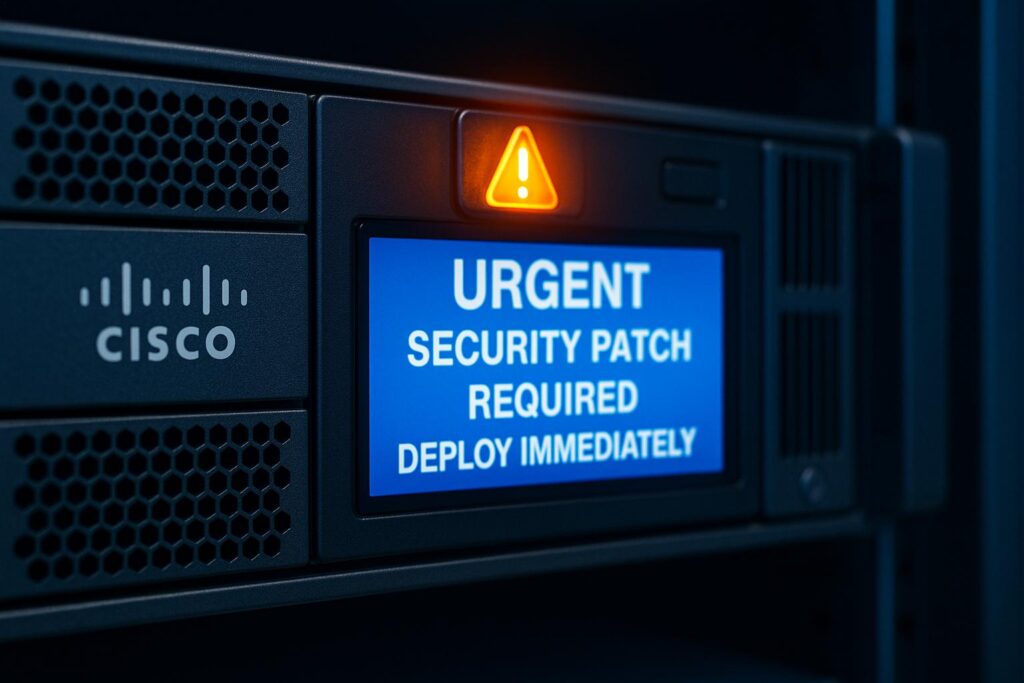Listen to the article
Cisco has addressed two critical flaws in its UCCX platform, emphasising the urgent need for users to apply patches to prevent severe security breaches amid a rising tide of cyber threats targeting enterprise communications.
Cisco has addressed two critical vulnerabilities affecting its Unified Contact Center Express (UCCX) platform, urging users to apply patches immediately to avoid potential exploitation. The reported flaws, coded CVE-2025-20358 and CVE-2025-20354, could allow attackers to bypass authentication mechanisms and escalate their privileges to root level, potentially compromising affected systems entirely.
According to the advisory, these vulnerabilities pose significant risks as they could enable unauthorized attackers to gain full control over UCCX installations, a scenario that could have severe ramifications for organisations relying on Cisco’s contact centre solutions. Cisco’s prompt patching reflects the high priority placed on these security issues amid an increasing threat landscape targeting enterprise communication platforms.
This announcement comes amidst a broader context of escalating cyber threats and vulnerabilities across various sectors. For example, recent reports have highlighted the exploitation of remote monitoring and management tools by cybercriminals targeting logistics companies, as well as a spear-phishing campaign against Russian and Belarusian military personnel using sophisticated malware techniques. Such activities underscore the vital importance of robust, timely patch management to protect critical infrastructure.
Enterprises face growing challenges in managing identities and access controls securely, as employees increasingly leverage AI, SaaS, and personal devices that may circumvent traditional safeguards. Industry experts suggest that static credentials remain a weak point in cloud and workload security, prompting calls for innovative methods such as ephemeral token-based authentication, a concept recently advanced by SentinelOne researchers aiming to improve security without relying on long-lived secrets.
AI adoption is a double-edged sword in cybersecurity, enhancing threat detection and due diligence through behavioural analytics while introducing complexity that demands active human oversight. Leaders like Dilek Çilingir from EY emphasise that AI tools can flag risks early but cannot replace the nuanced judgment required to close the loop on security issues effectively.
Moreover, the cybersecurity environment is increasingly shaped by nation-state actors and sophisticated ransomware gangs, as seen in state-sponsored incidents such as the SonicWall cloud backup breach and the indictment of alleged ransomware negotiators in the US. These developments highlight the dynamic nature of threats confronting businesses and governments alike.
In this evolving landscape, tools like Heisenberg for assessing software supply chain health and PortGPT for automating security patch backporting offer promising advances in operational resilience. Their open-source availability reflects a growing community effort to empower developers and security teams with actionable insights and automation, crucial for managing vulnerabilities across complex software ecosystems.
For organisations employing Cisco’s UCCX and other critical systems, the current situation serves as a stark reminder to prioritise security hygiene, including immediate installation of available patches. Failure to do so could expose contact centres to compromises that undermine customer trust and operational continuity, emphasizing that cybersecurity remains an urgent and continuous endeavour.
📌 Reference Map:
- [1] (Help Net Security) – Paragraphs 1, 2, 7, 9, 12
- [5] (Help Net Security) – Paragraph 4
- [4] (Help Net Security) – Paragraph 5
- [6] (Help Net Security) – Paragraph 6
- [1] (Help Net Security) – Paragraphs 3, 8, 10, 11
- [3] (Help Net Security) – Paragraph 7
- [7] (Help Net Security) – Paragraph 7
Source: Noah Wire Services


